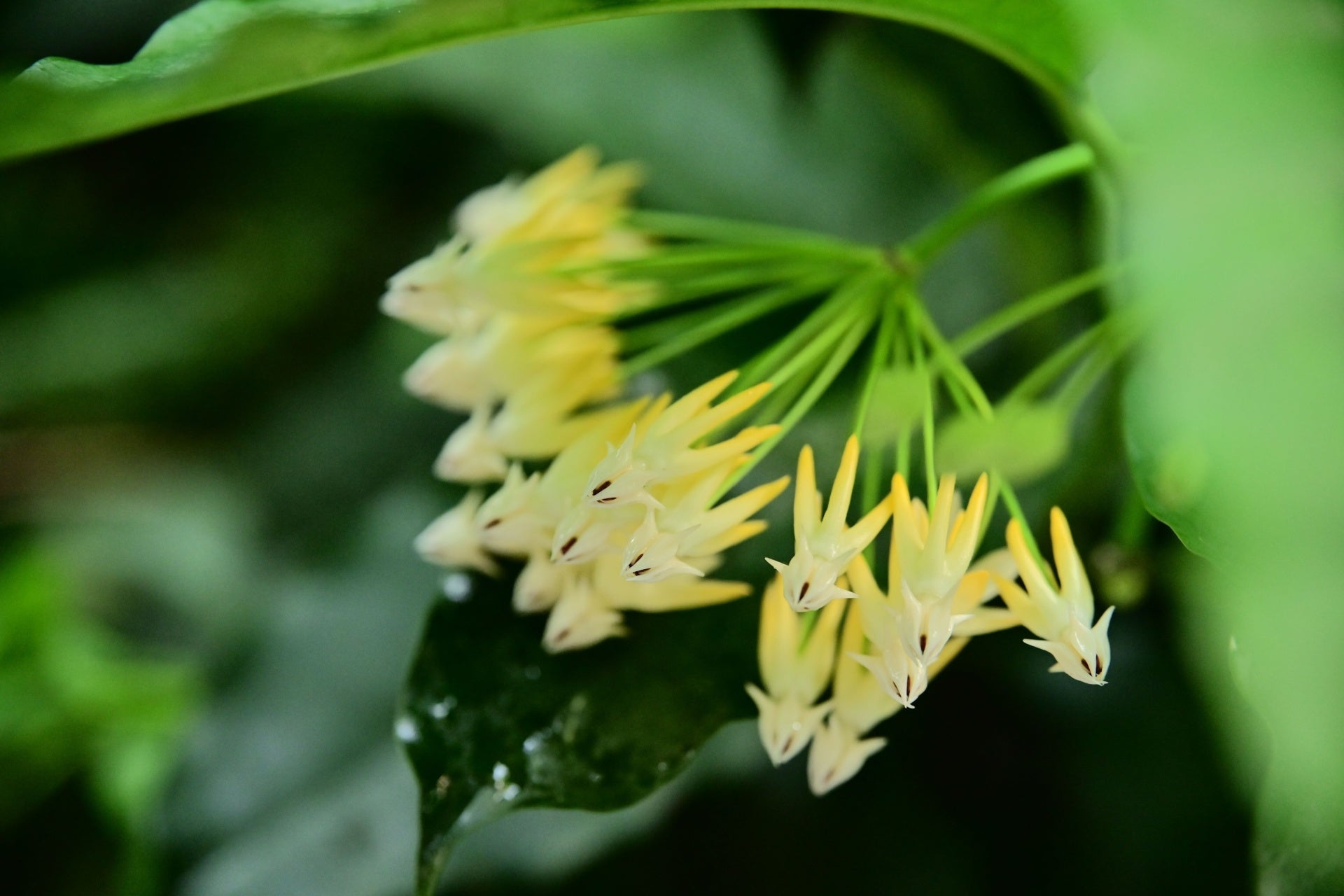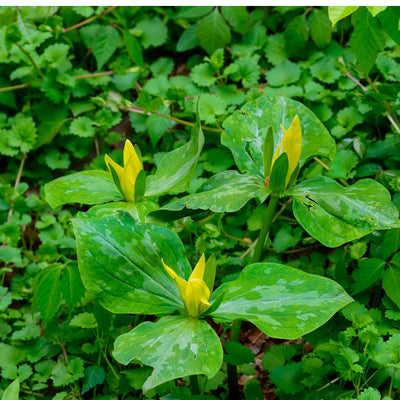The Shooting Star Plant is one of the few flowers that really shows how magical spring can be. This spring perennial makes the yard feel alive and interesting right away with its beautiful petals that sweep backwards and bright colours. The Shooting Star Plant comes from woodlands and meadows in North America. It does best in moist, well drained soil with some shade, which makes it great for naturalised or Shooting Star woodland gardens.
From April to June, it blooms and turns shady spots into a beautiful pattern of pink, purple, or white flowers. This wildflower adds beauty and charm to any spring scene, whether it's grown in groups along forest paths or as the focal point of a shady border.
The Size and Growth of the Shooting Star Perennial
The Shooting Star Plant grows in tight clumps and is an annual that is usually 12 to 18 inches tall. It slowly spreads through seed and can grow naturally in the right conditions, giving you a colourful show every spring.
The following is a standard Shooting Star Plant Care Routine:
- Light: Likes some shade, but can handle filtered sunlight.
- Soil: Soil that is moist, full of nutrients and drains well.
-
Water: During the growing season, keep the dirt evenly moist. After the flowers stop blooming, water less.
It has low leaves that form a rosette shape and thin stems that rise up from the ground and on top of these stems are flowers that look like stars and seem to shoot up into the air. This plant looks great with different early bloomers like the Painted Trillium and Yellow Trillium in a Shooting Star woodland garden. When put together, they make a beautiful, stacked forest effect that is full of bright seasonal colours.
The Shooting Star Perennial's Flower and Scent
The Shooting Star flower is what really makes this plant stand out. With reflexed petals pointing backward and a cluster of stamens in the middle, each flower looks like it was stopped in mid flight, making it look like a shooting comet streaking across the sky.
They come in soft pink, lavender and deep purple, as well as white and soft pink. The flowers normally grow in groups on tall stems that rise gracefully above the leaves. Even though they don't have a strong scent, their unique shape and beauty make them stand out in any spring yard.
How to Grow Shooting Star Plant Successfully
Once you know how the Shooting Star Plant grows naturally, it's easy to take care of it. It does best when the place where it grows is like the forest where it comes from.
Let's look at some professional shooting star plant care tips:
- Time to put: In early spring or autumn, you can put seeds or bare roots. Give the plant room to grow as it will.
- Soil Conditions: Pick a spot that drains well and has a lot of soil. If the soil in your yard is heavy, add compost or leaf mould to help the air flow.
- Watering:Keep the soil consistently wet during spring growth, but water less when the plant goes into summer dormancy.
- Sunlight:Some shade is best. Stay out of the direct afternoon sun as it can burn the leaves.
- Mulching:Cover the soil with a thin layer of organic mulch to keep it wet and keep weeds from growing.
How to Grow Shooting Star Plant in a Woodland or Shade Garden
It makes sense to put the Shooting Star Plant in woods and shade gardens. Its original roots make it hardy, flexible and good for pollinators in the area. It goes well with other spring blooms and makes for a peaceful and well balanced garden design.
Here is how to incorporate it into a Shooting Star woodland garden:
- Plant in groups for visual effect and to let them become naturalised over time
- Mix with native plants like Painted Trillium and Yellow Trillium for a layered look
- For a natural look, use it along shaded edges, under deciduous trees, or near water features
This wildflower goes well with ferns, foam flowers and other perennials that like to grow in shade. It adds height and visual interest to the garden in early spring, when many plants are just starting to grow.
Why Gardeners Love the Shooting Star Flower
As a native plant the Shooting Star flower has a good reason for being there. It's beautiful to look at and good for the environment. Early season pollinators like native bees are drawn to its unique flower shape. Its low care makes it perfect for gardeners who want beauty without constant upkeep.
This spring annual is a must have because of the following:
Flowers that look like comets and bloom in groups. They are wonderful for shaded, forest, or naturalized gardens, and they support pollinators and biodiversity. Once they are established, they are easy to grow and care for. They also offer a fun touch to spring landscapes.
The Shooting Star Plant is great for gardeners who enjoy simple, natural beauty. It gives them benefits that last season after season.
FAQs:
What is the Shooting Star Plant?
The Shooting Star Plant, or Dodecatheon meadia, is a native North American perennial plant with flowers that face backwards and look like stars. It grows best in wet, shady wooded areas and blooms in the spring.
Where to buy a Shooting Star Plant?
TN Nursery is a great place to find high quality plants that were grown in a nursery. They specialise in native wild perennials. It would look great with the Painted Trillium or Yellow Trillium to make a colourful woodland show.
How to plant Shooting Star seeds?
Plant seeds in autumn or early spring in soil that is wet but drains well to cover lightly with dirt and keep moist all the time until the seeds sprout. Do not give up because seedlings might not grow for a season or two.
Can Shooting Star flowers be used in woodland or shade gardens?
Yes, the Shooting Star flower looks great in Shooting Star woodland gardens. It looks great with other native plants that like shade by adding colour and texture to places that are shaded.
Why is the Shooting Star flower popular among native plant gardeners?
Native wildflower lovers love this plant because it can grow in a variety of conditions and blooms early in the spring and it gives pollinators an early source of nectar which is good for the ecosystem of your yard.



